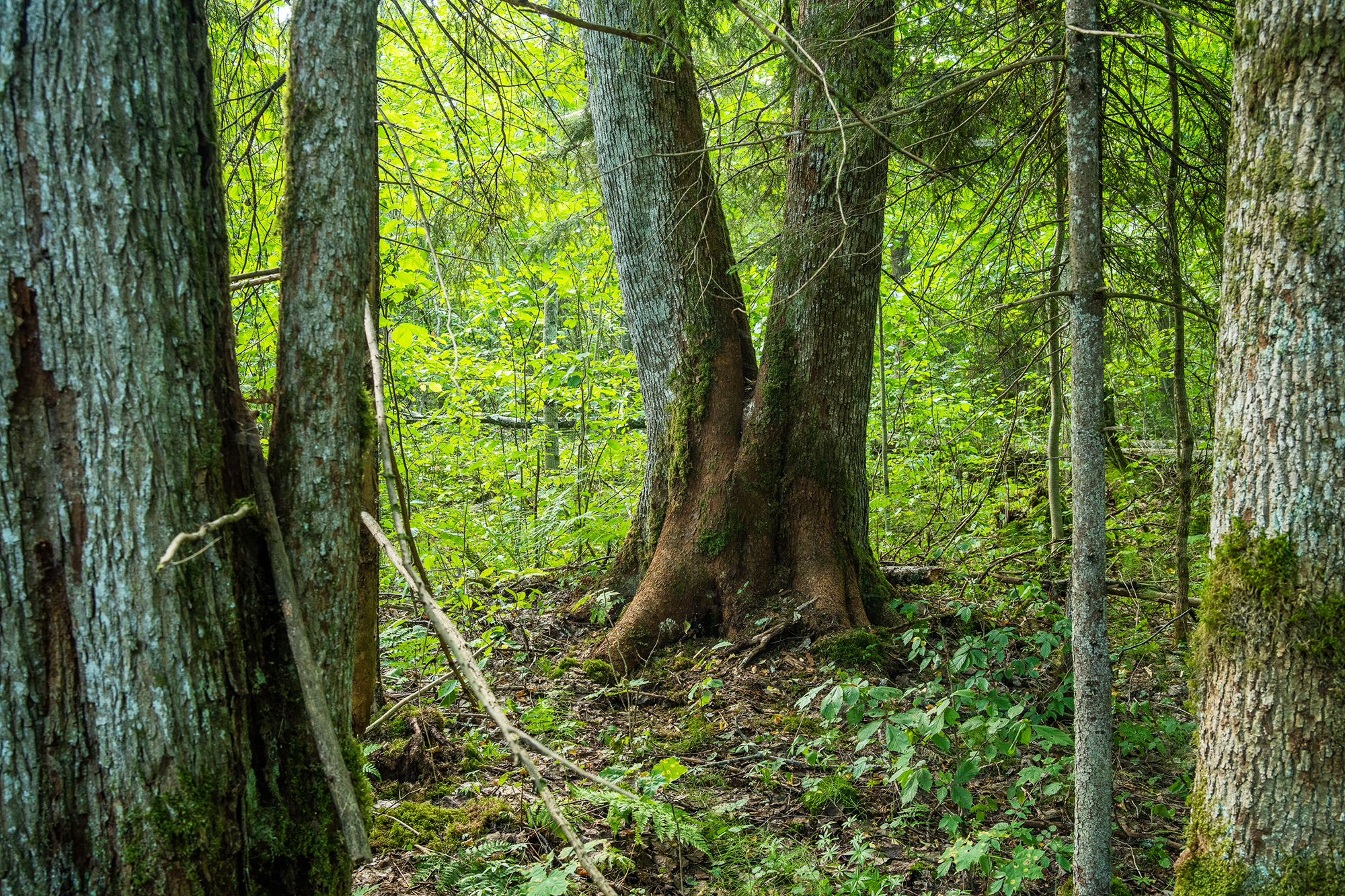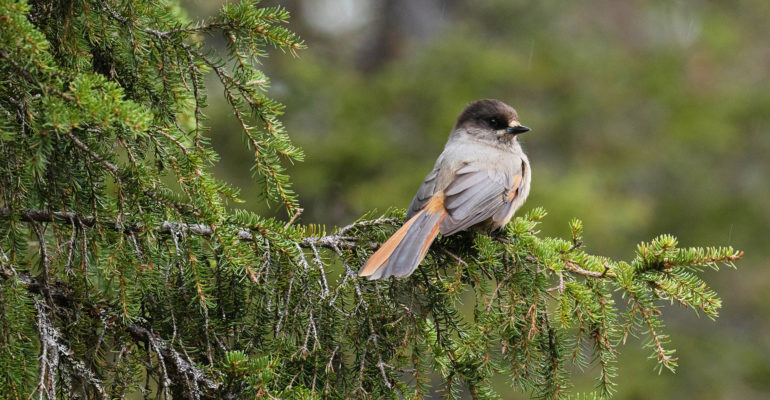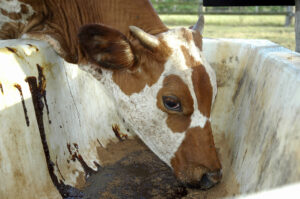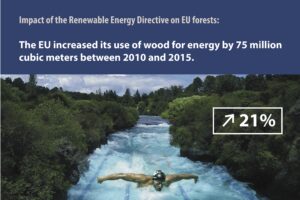OF CLEARCUTS & BIRDS #2
FINLAND
Through the voices of our local Partners, our series “of clearcuts and birds” tells some of the stories of Finnish, Estonian and Latvian forests and of their incredible biodiversity, as well as the hard consequences of their exploitations, (in)directly driven by the EU’s support for bioenergy.
Forests are an integral part of Finnish history and culture. More than 75% of the country is covered with forest, making it an important part of its economy. With more than 600,000 forest owners, Finnish forests are in part privately managed, but that does not mean that they are closed to the public. Thanks to the “everyman’s right”, which applies to most forests, anyone can spend time in the forests, going for walks, doing sports, camping, and foraging, as long as they do not cause any damage to the forest, or enter someone’s yard.
Surprisingly, only 6% of Finnish forests are protected, despite being a crucial habitat for several boreal forest animals that are rare or absent in the rest of Europe. Recent surveys showed that 80% of Finns are worried about climate change or nature loss and want more protected areas. In 2018 and 2021, the highest logging rates ever were recorded in Finland. Thankfully, BirdLife Finalnd and their peer organizations are working hard to preserve forest biodiversity.
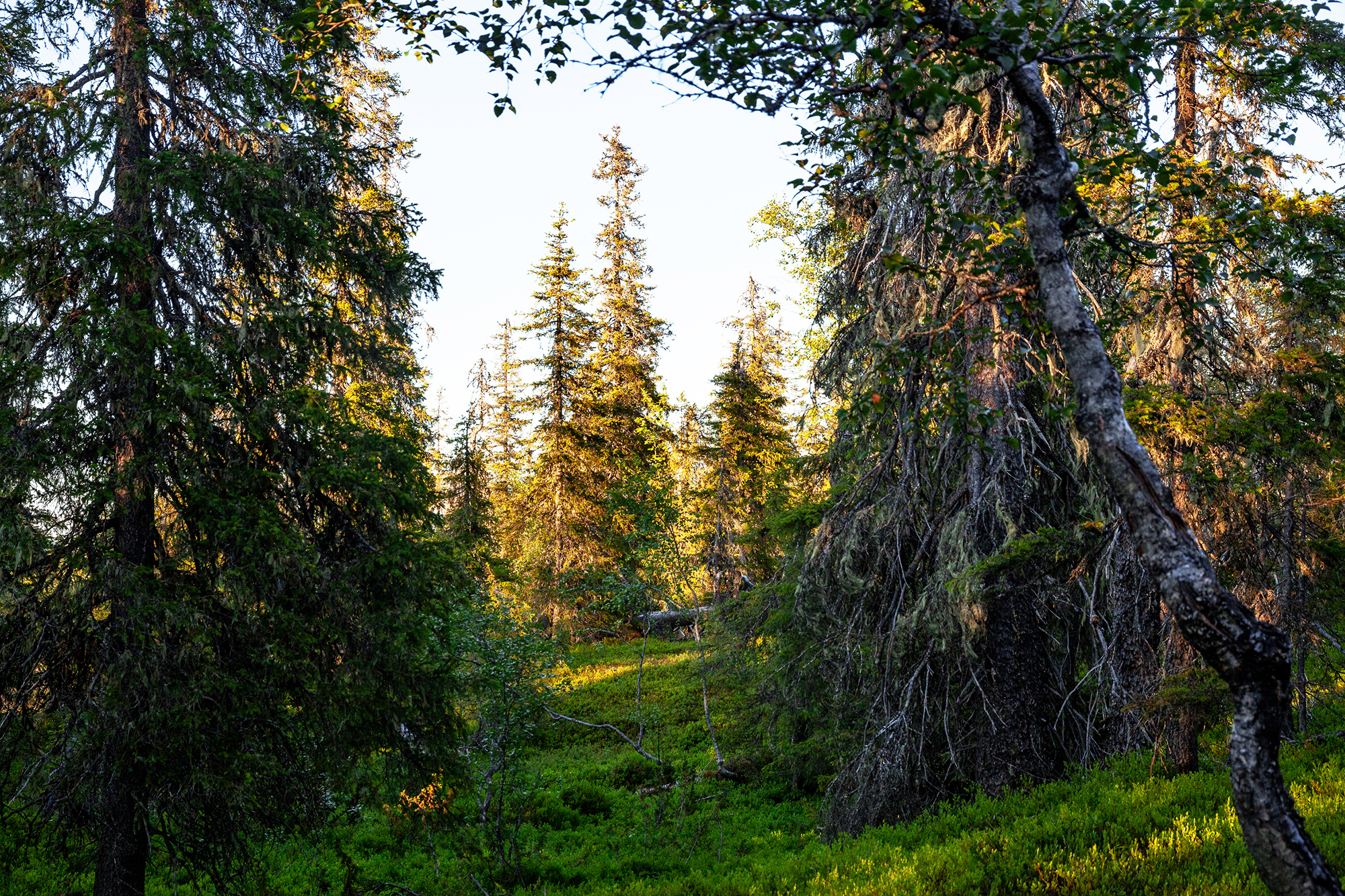
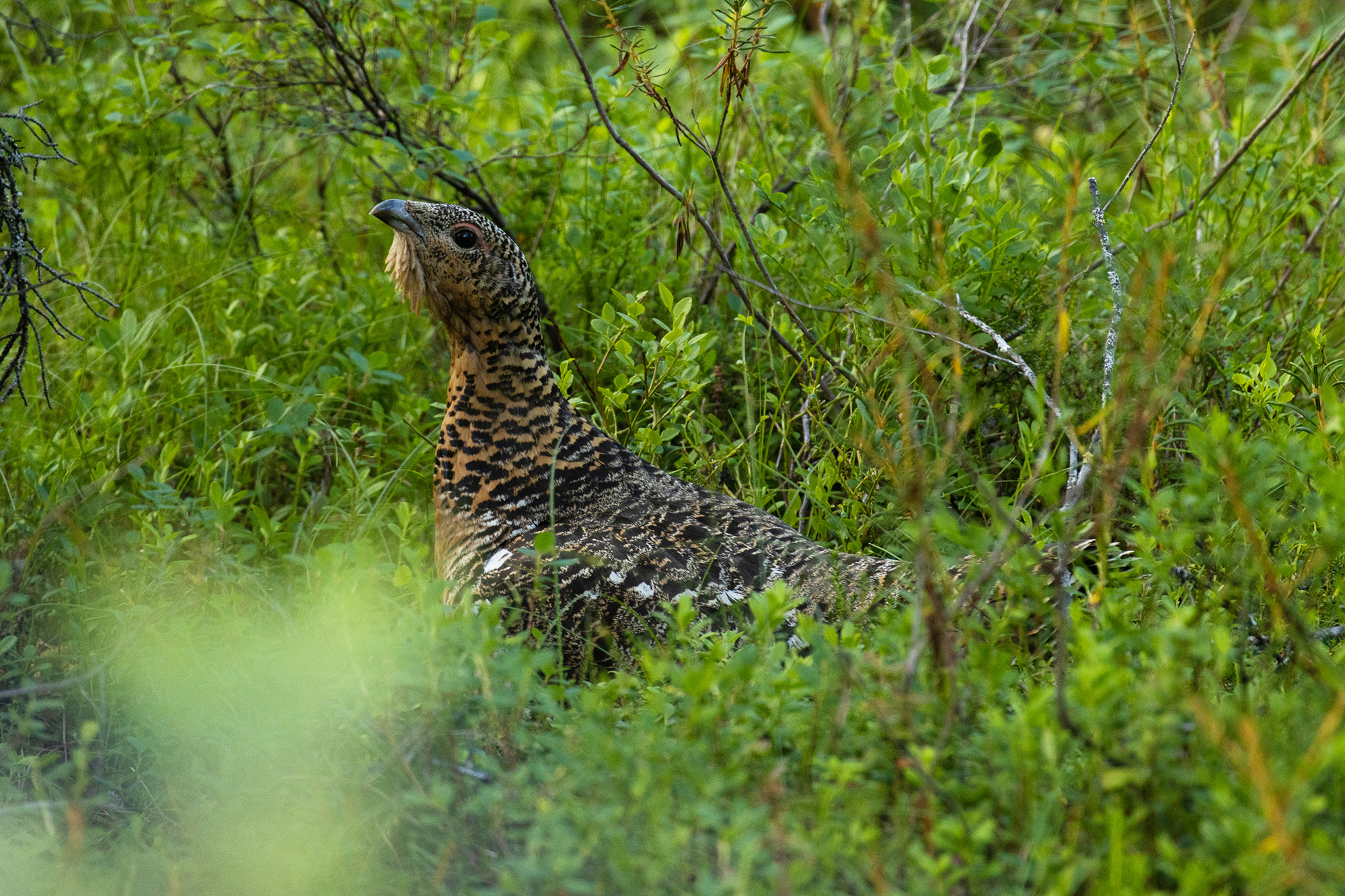
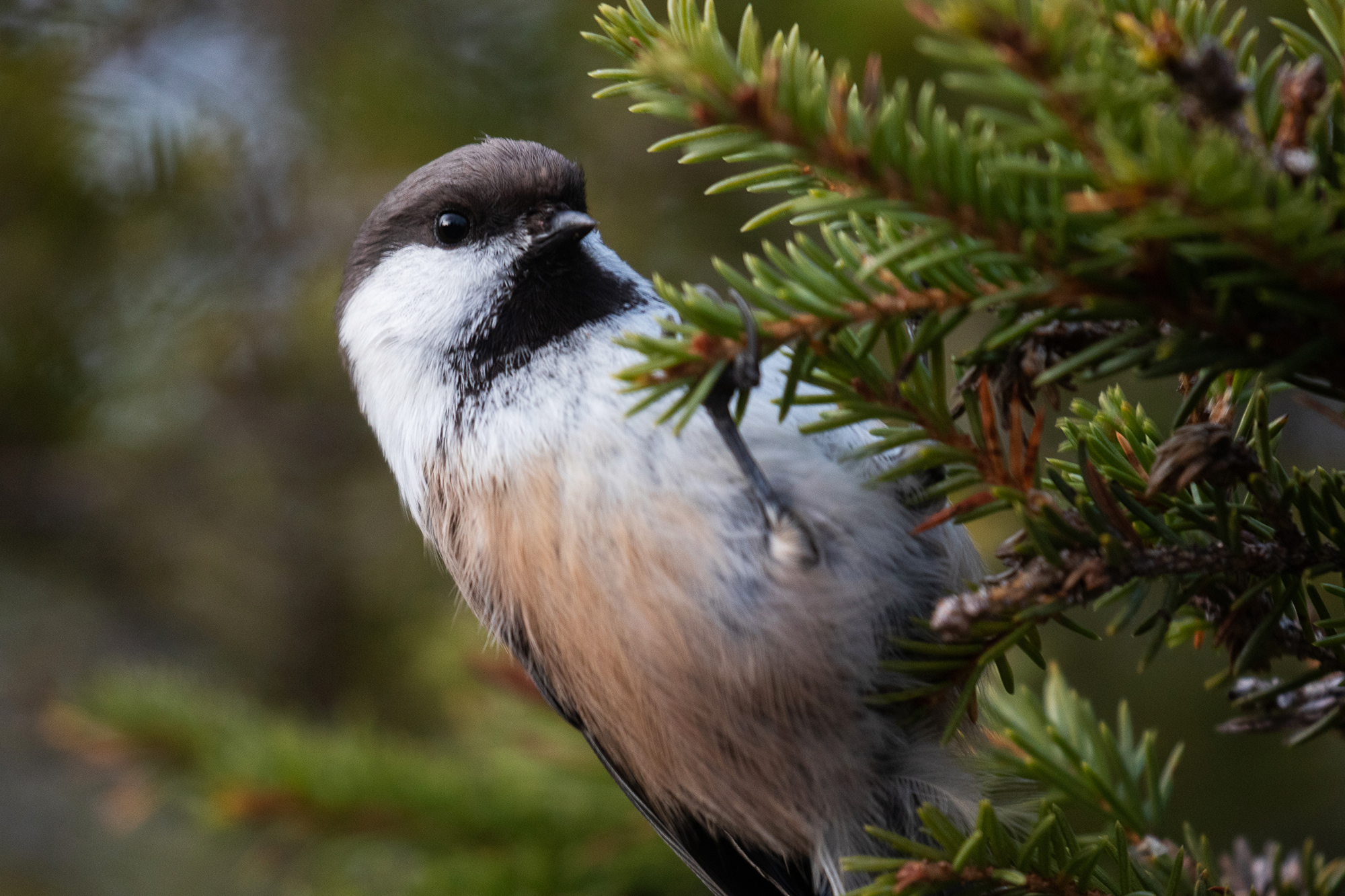
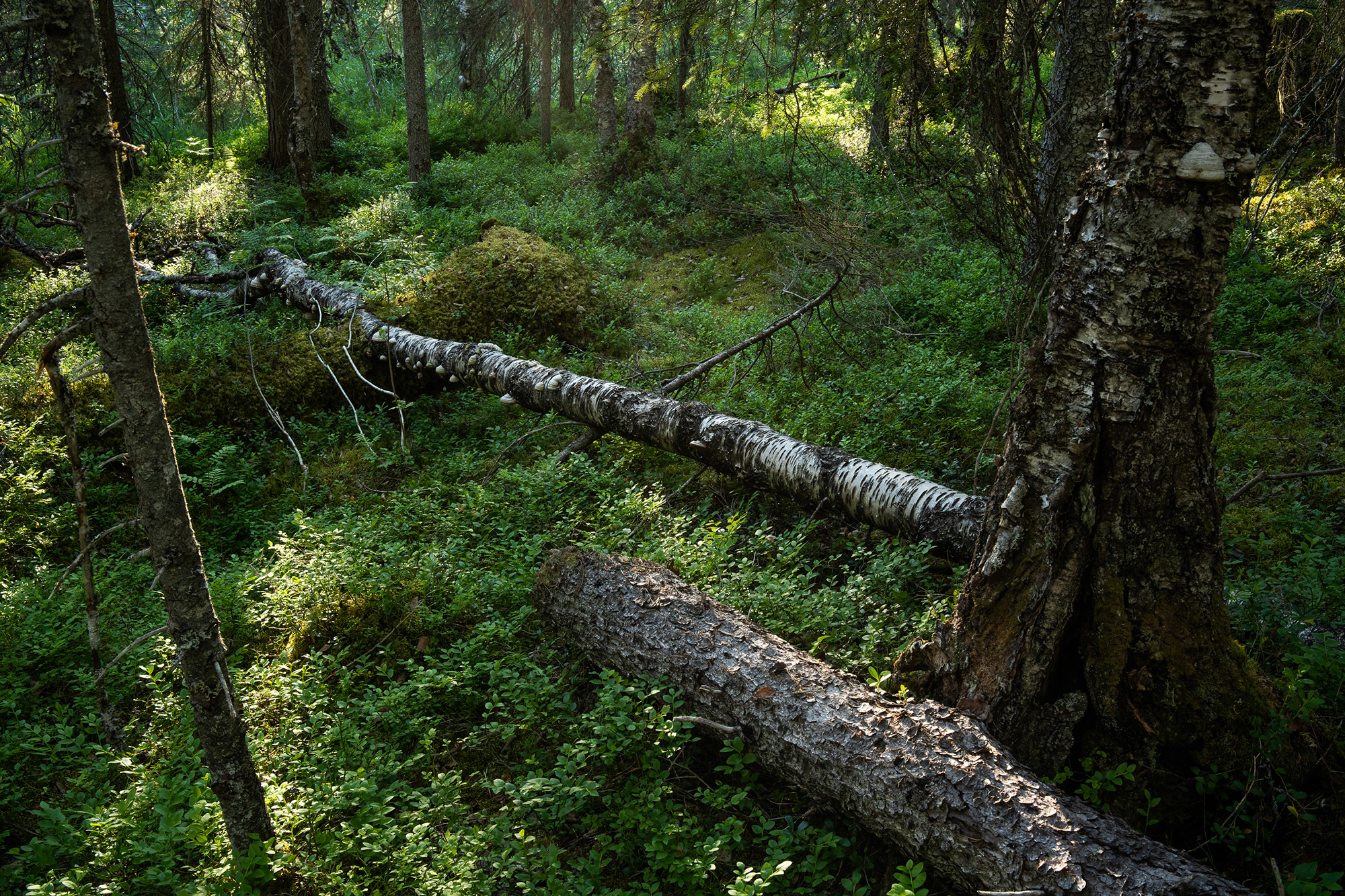
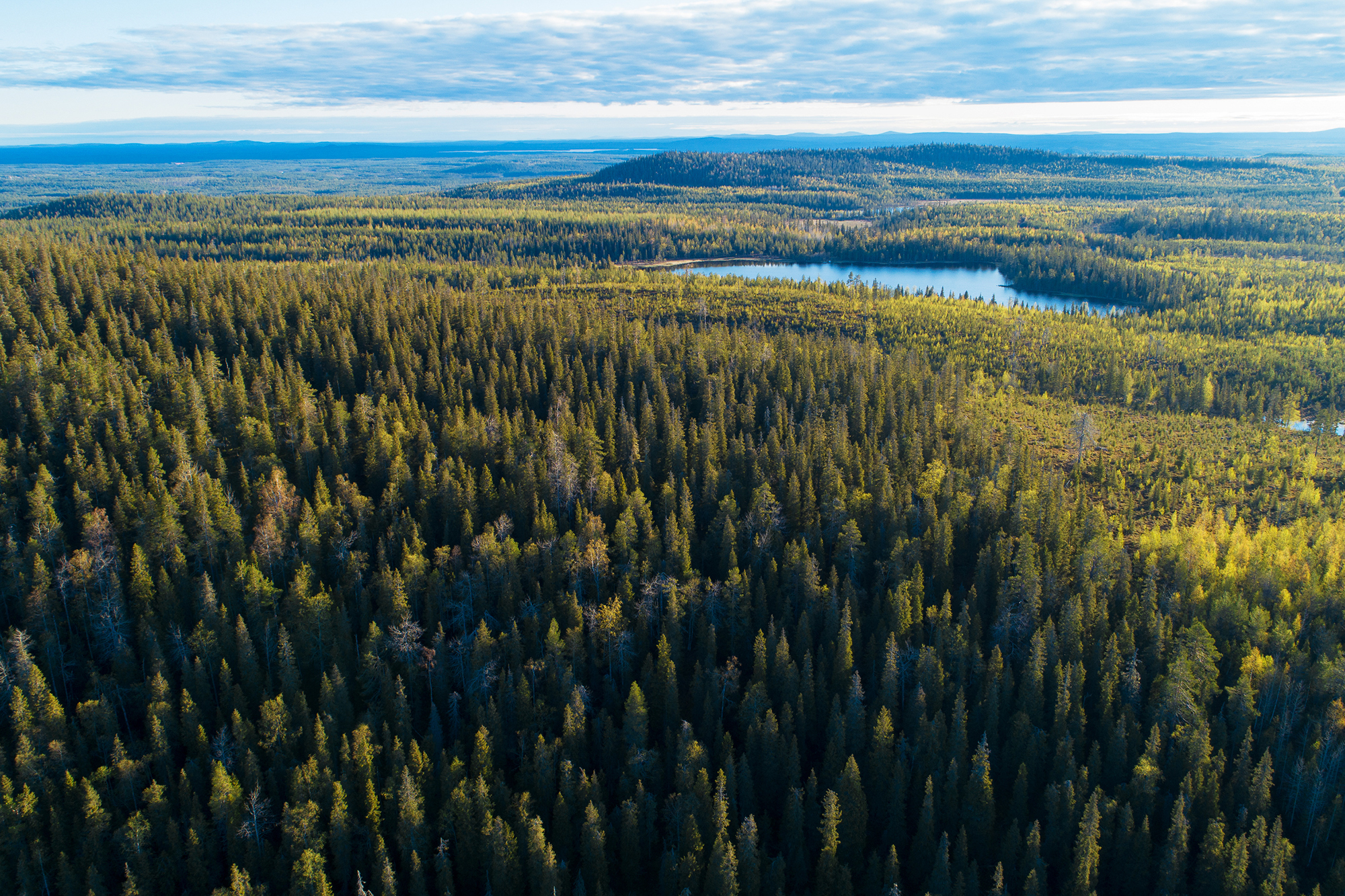
A LITTLE BACKGROUND IN FINNISH FORESTRY
In 2021, 76.3 million m³ of wood was logged, the second largest amount in Finnish history. Juha Aromaa from Greenpeace Finland explains: “Since the Second World War, the Finnish forest industry has been based on clear cutting and replanting monocultures of spruce, pine and birch. Only in 2014 the Forestry Act was changed and alternative forestry methods have become possible. Yet, clear cutting and replanting are still the most common practice.”
Looking at the logging numbers of 2021, he comments: “Of all the logging, almost half is used for pulp mills to produce paper. An additional 10 million cubic metres is burned as bioenergy. For both purposes, a lot of cheap wood is needed. The cheapest wood comes from monoculture, even aged ones.”
| LOGGING IN FINLAND 2021: 76.3 million m3 was logged, of which 36.7 million m3 goes to the pulp and paper industry 29.0 million m3 goes to sawmills 6.5 million m3 goes to bioenergy for small houses (private homes) 3.8 million m3 goes to heat and power plants |
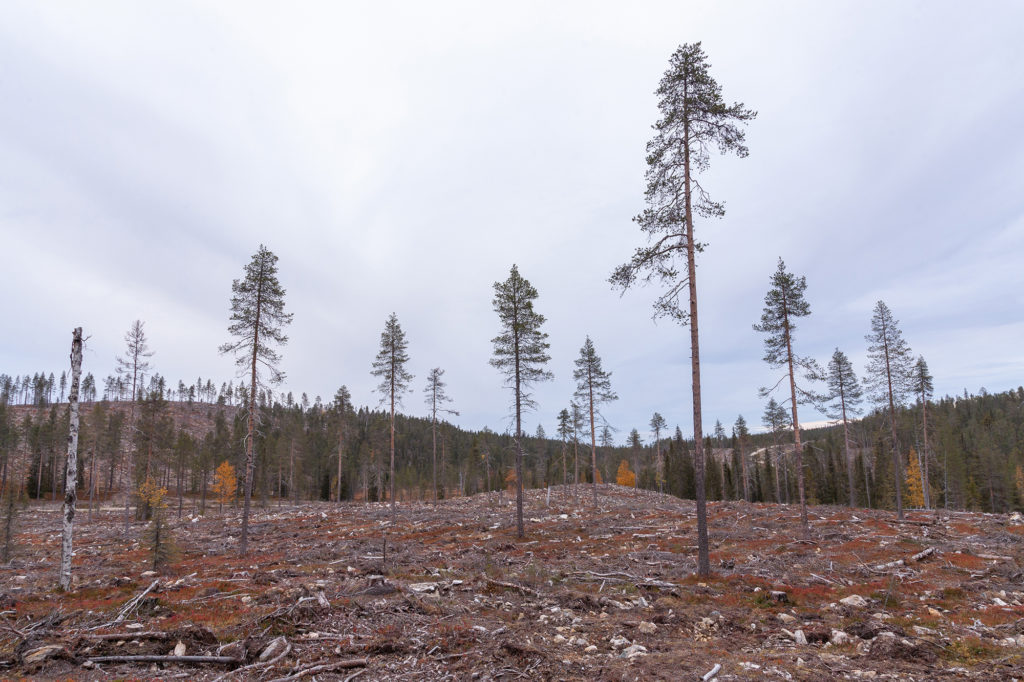
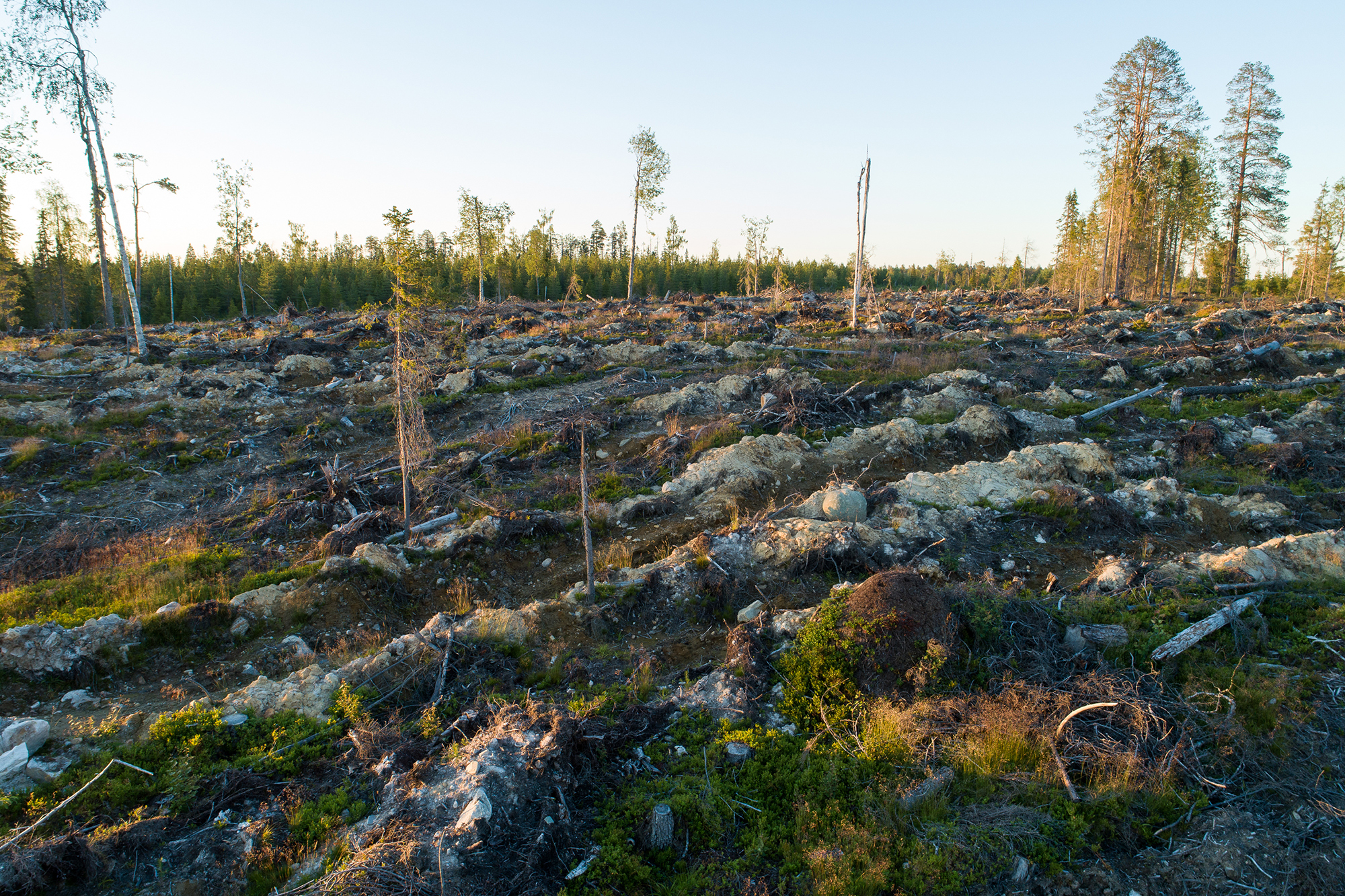
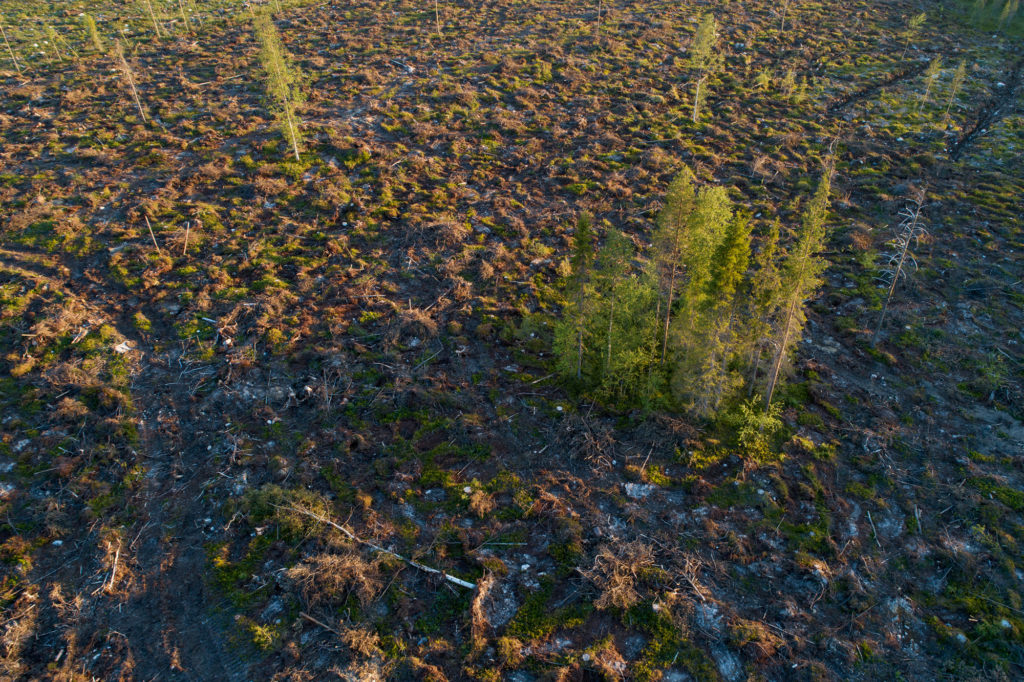
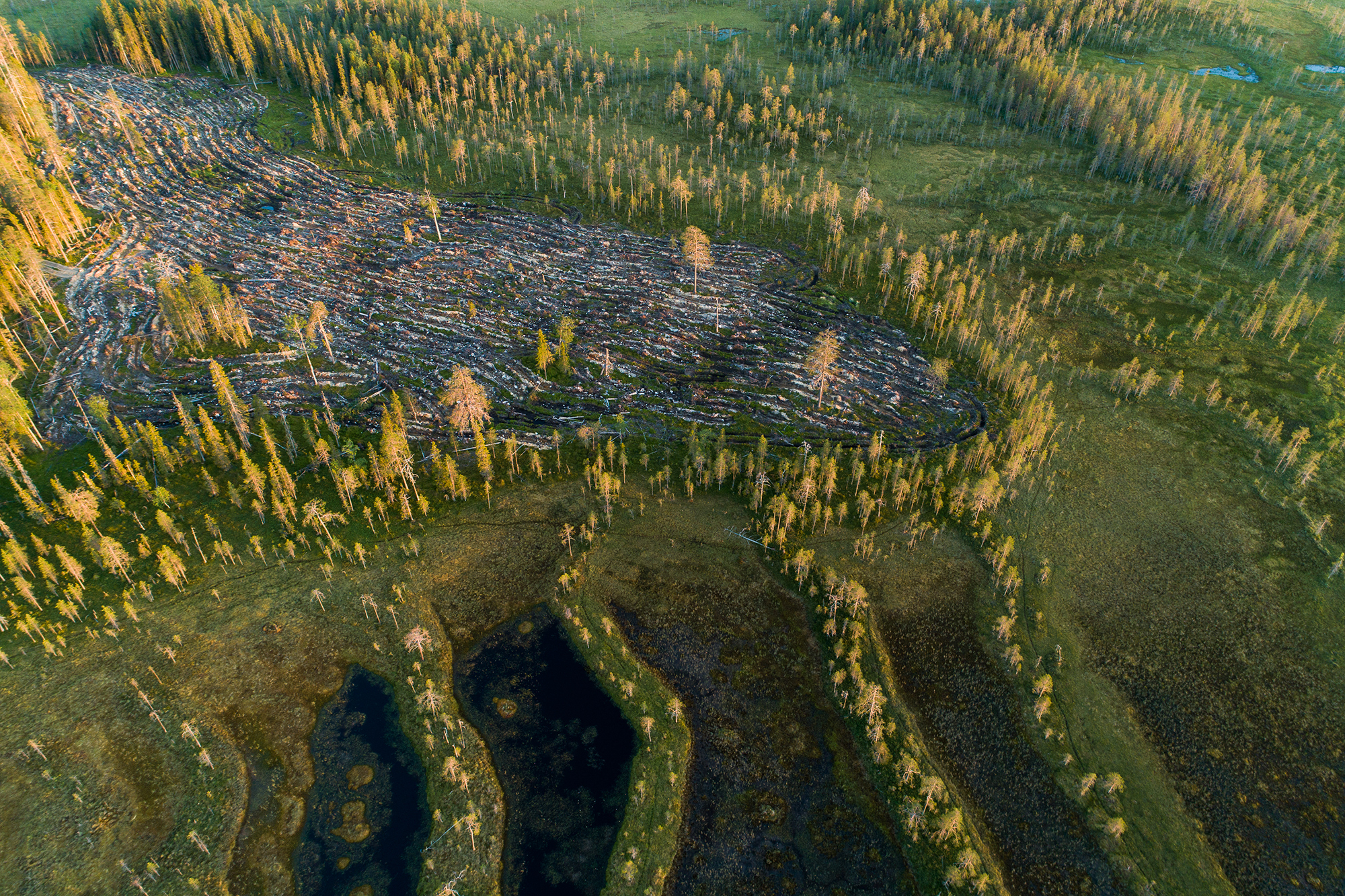
“The Finnish forest industry requires three different types of wood: timber for sawmills, pulpwood to produce paper and packaging material, and logging residues for energy production”, explains Tero Toivanen, Conservation officer for BirdLife Finland. “In rotation forestry, the forest is thinned twice before being clear-cut. Residues for bioenergy are mostly collected in the final cut. These residues include branches and the cut stumps and sometimes coarse dead wood. The removal of the latter is particularly harmful for biodiversity: there are about 5000 species in Finland – 25% of the forest species – that depend on dead wood for their survival.”
“The demand for wood is so high that Finland has lost a lot of its natural forests”, comments Juha Aromaa. “Only 6% of Finnish forests are protected. In the southern part, it’s only 3%. Finnish environmental organisations are supporting a project where the remaining unprotected natural forests on state lands are mapped out, so that that the areas that are priority can be identified and protected.”
THE PROTECTION OF FOREST BIODIVERSITY
“It is important to differentiate between a natural and a managed forest”, explains Tero Toivanen. “A managed forest mostly consists of young trees that are of the same age and species. Usually, the trees are simultaneously cut down around the age of 60-80 years, long before they reach maturity and can provide all the services forest species depend on. In contrast, a natural forest is always a mixture of trees of different species and ages, with plenty of dead wood laying on the ground. The presence of dead wood is one of the most important differences between natural and managed forest.”
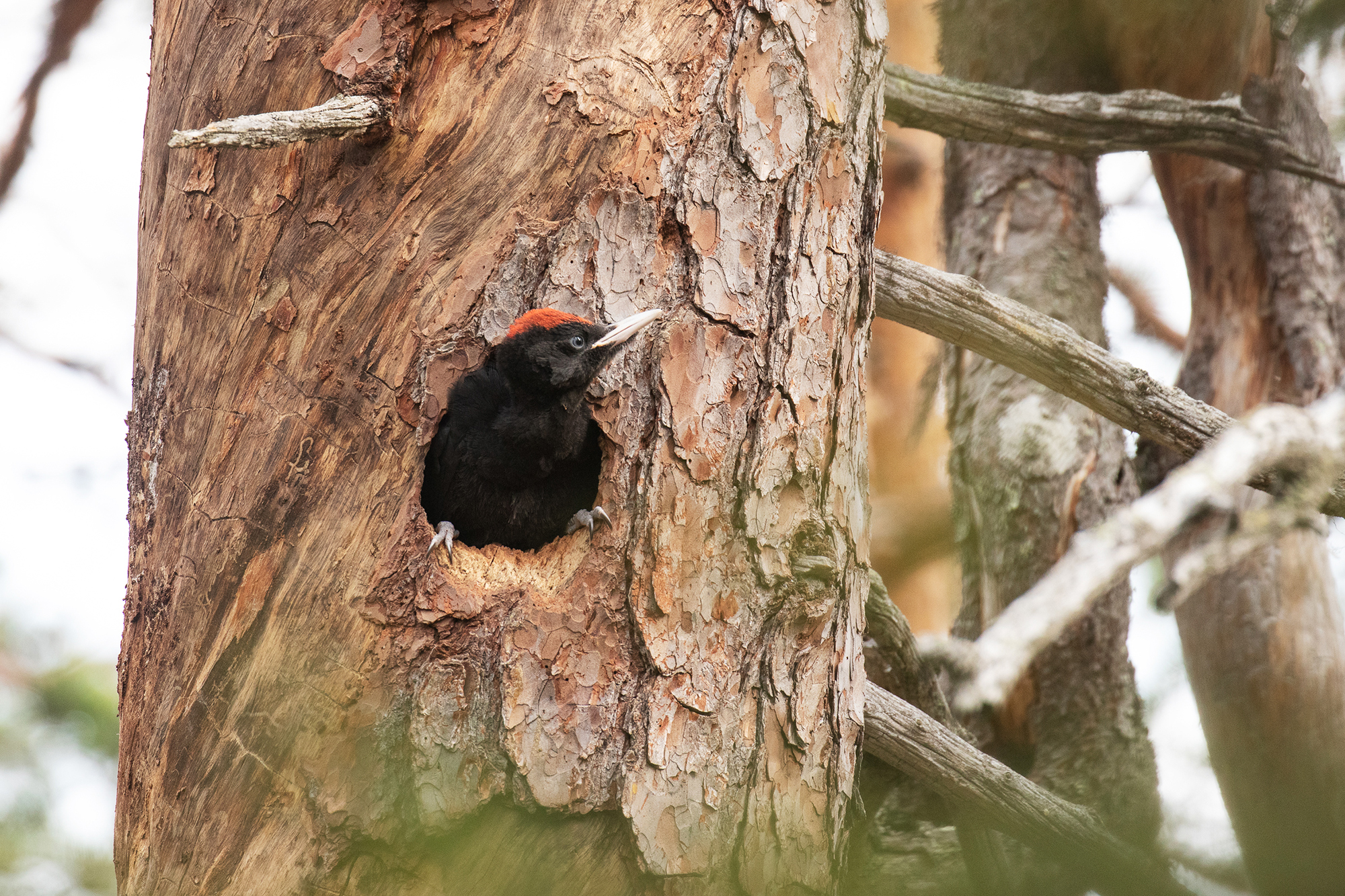
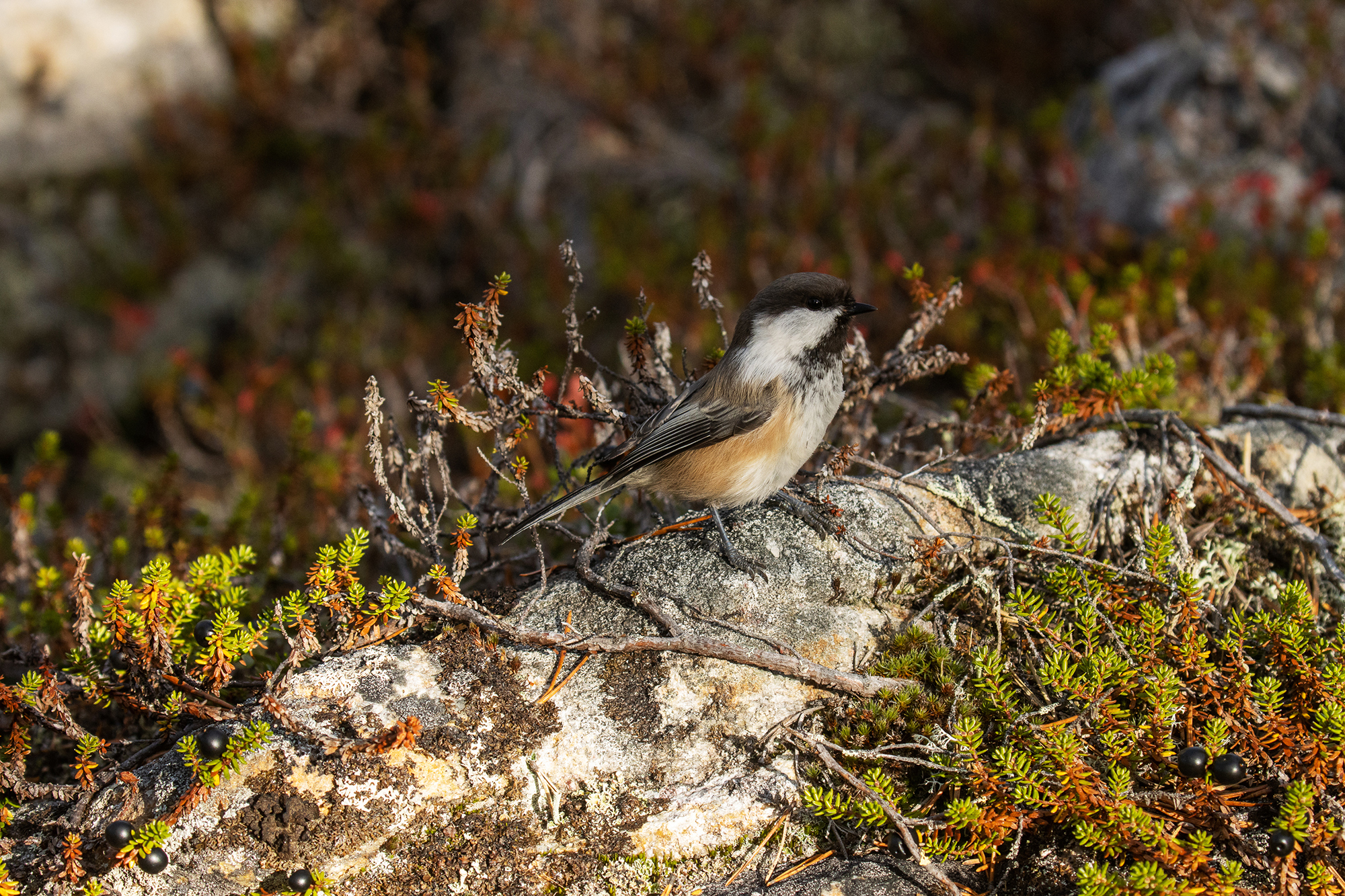
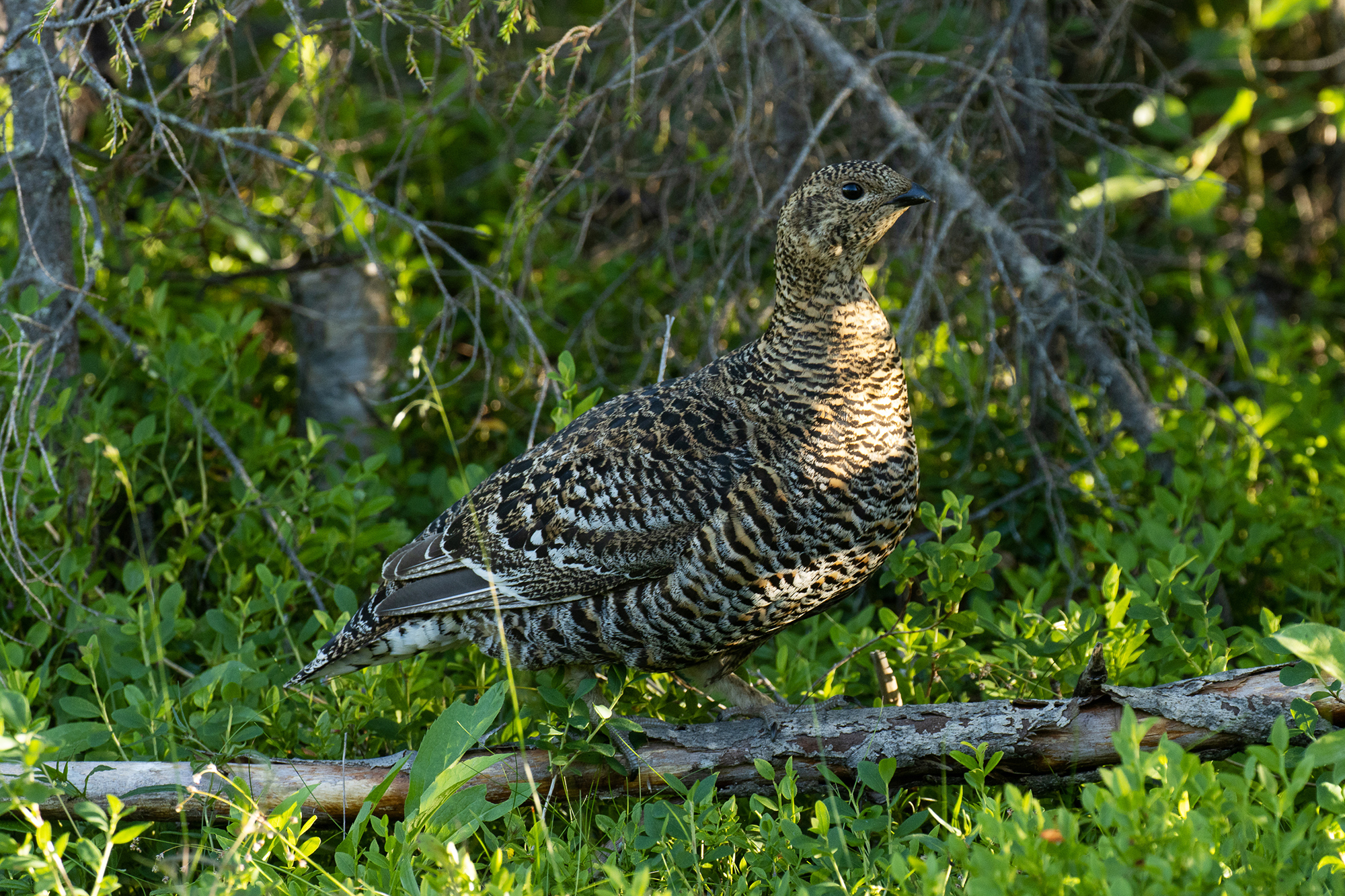
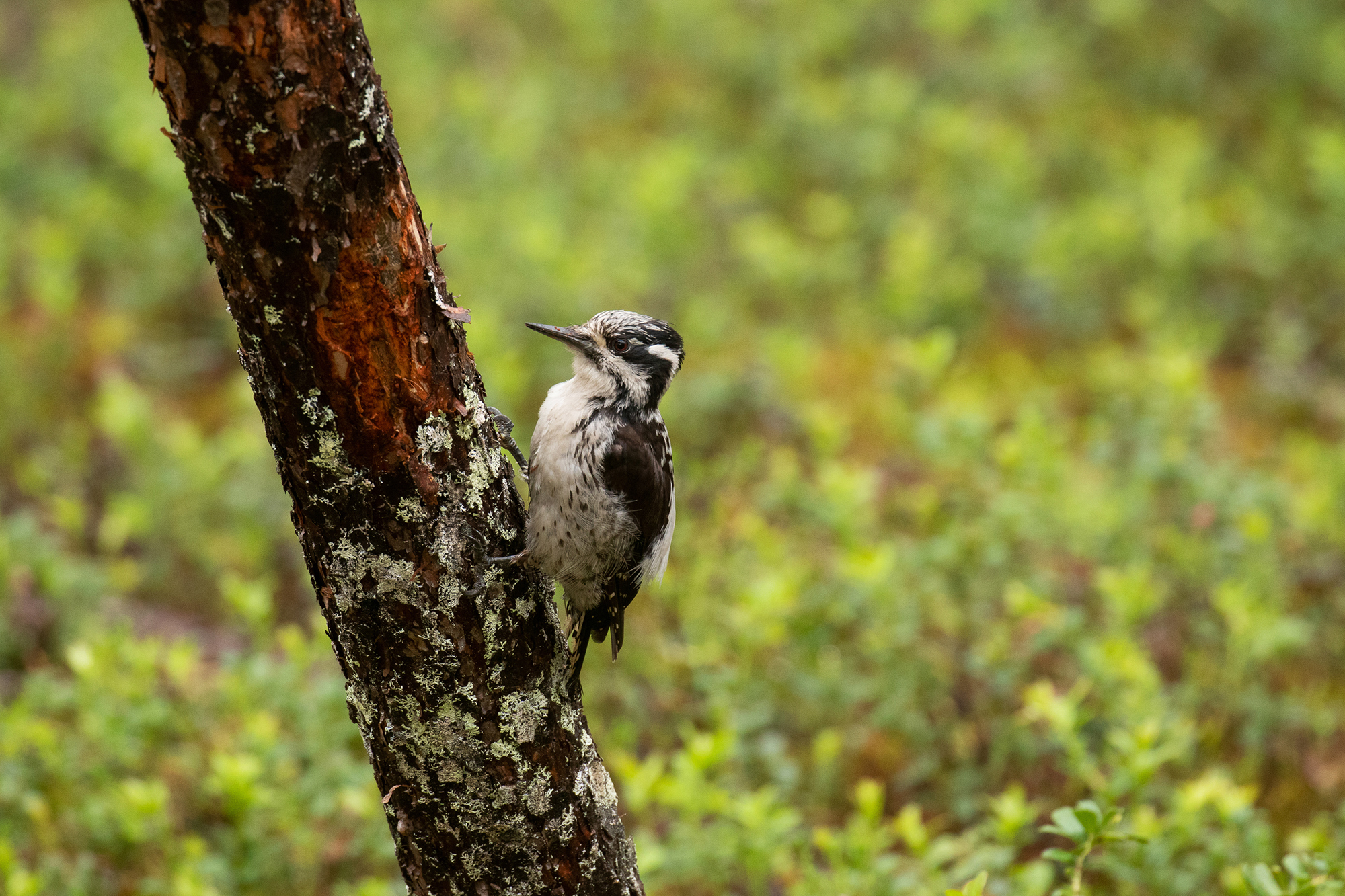
“The list of threatened forest species is far too long in Finland”, says Teemu Lehtiniemi, Head of conservation and science at BirdLife Finland. “We really need to address the many problems our forests face to prevent a further loss of biodiversity. The old-growth forests that remain outside protected area network are still under threat, and the potential of the state-owned-forests for recreation and species protection is not fully used.”
“There are many forest birds that are quickly declining in Finland. Some of the resident birds are particularly in trouble because they depend on the quality of the Finnish forest year-round, especially to survive the long wintertime”, adds Teemu Lehtiniemi. “For example, the population of the Willow Tit (Poecile montanus) has declined with over 50% in less than ten years. The Siberian Jay (Perisoreus infaustus) has already disappeared from the south of Finland, since it requires continuous forest cover and at least some patches of old-growth forest within its territory. Together with other environmental NGOs, BirdLife Finland works to promote the conservation of old-growth forests and fights to change the current forestry practices.”
The pressure on forests and the prevailing clear-cut forestry is not only harmful for birds, but also for other animals and economic activities depending on forests ecosystems. As the NGO Fern stated in its report, old-growth boreal forest is crucial for the Sámi population, including the 10,000 Sámi who dwell within the Finnish borders.
HOW THE LAND USE SECTOR BECAME A SOURCE OF EMISSIONS
By overusing land or changing the way land is used – by for example, converting forests or wetlands to agricultural land or urban area – masses of carbon dioxide (CO2) are released in the atmosphere. This severely contributes to global warming.
In Finland, the CO2 emitted by land-use conversion is no longer compensated by Finland’s natural forest. As stated by the Finnish Association for Nature Conservation, this is the result of the decrease in forest growth and the record-breaking logging. Consequently, the Finnish land-use sector (LULUCF) has become a net emitter of carbon dioxide.
Hanna Aho, Climate policy officer at the Finnish Association for Nature Conservation (FANC), explains: “The transformation of carbon sinks into a source of emissions is a result of our current forest policy. Intensive forest loggings, the high share of wood being used for energy and short-lived products, drainage of organic soils and deforestation are completely unsustainable for the climate and nature.”
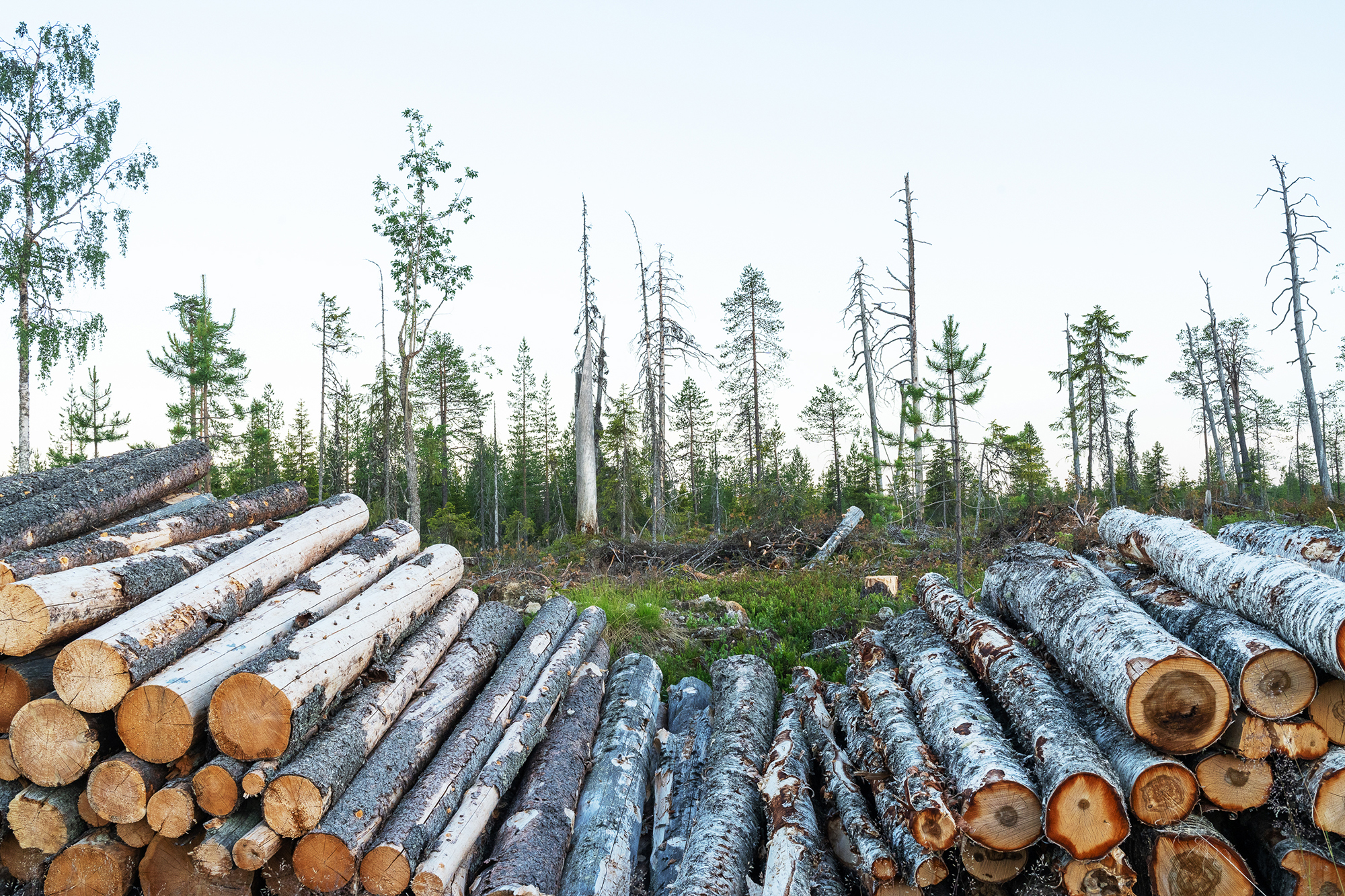
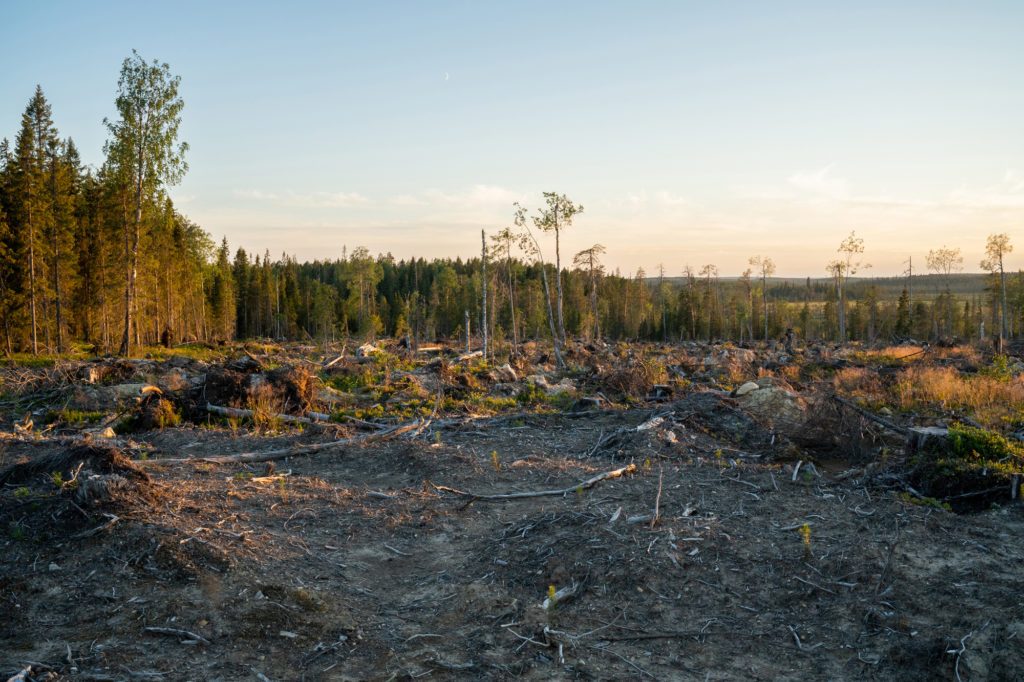
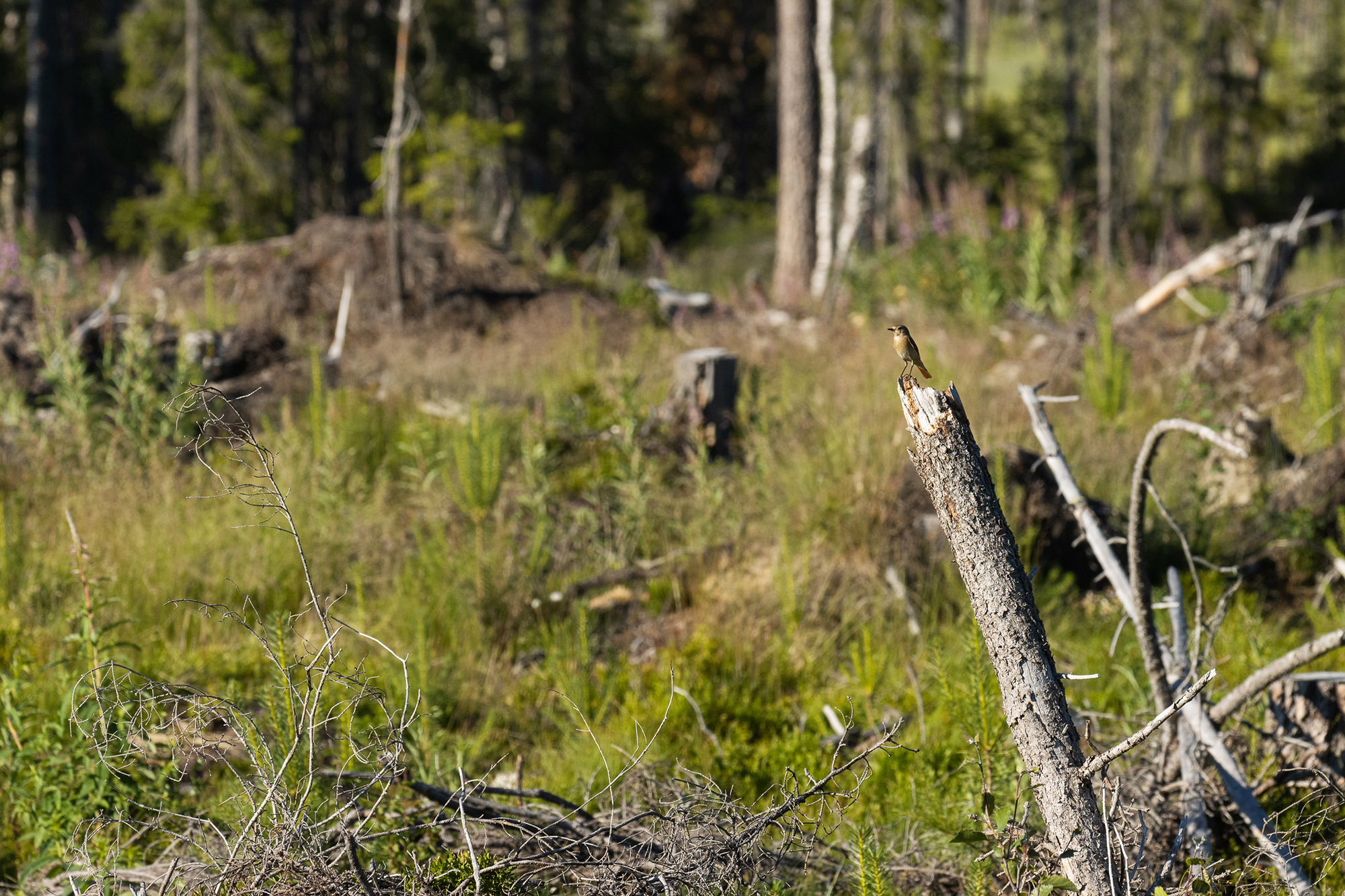
“Last year, according to Statistics Finland’s preliminary data, more wood fuels were used than ever before in history. The share of solid wood fuels and forest industry waste liquor (like black liquor) in the total energy consumption rose to 30%. Emissions from wood burning are calculated for the land-use sector and the increased use of forest energy is reflected in the greenhouse gas balances of the land-use sector.”
The situation might be even worse for 2022. Hanna adds: “This year, the import of wood from Russia stopped. This may increase the felling of Finnish forests even more. The effect on the forests carbon sinks would be fatal.”
Combating climate change had a big role in the 2019 parliamentary elections of Finland. This incentivised the government of prime minister Sanna Marin to set a carbon neutrality target by 2035 into Finnish law. Hanna Aho comments: “The current state of carbon sinks is a real threat to Finland’s carbon neutrality target and Finland’s EU commitments under the LULUCF Regulation. However, government actions to support carbon sinks have clearly not been ambitious enough. Despite that more than 50% of the Finns want to reduce forest loggings to reach their climate targets, the government has made no attempts to reduce logging levels or ensure wood is not used to produce bioenergy.”
Interviews by Julien Bacus. Pictures by Karl Adami .
A huge thanks to Teemu Lehtiniemi, Tero Toivanen, Marko Halonen, Hanna Aho and Juha Aromaa for their testimonies and their precious help during the edition of this article.
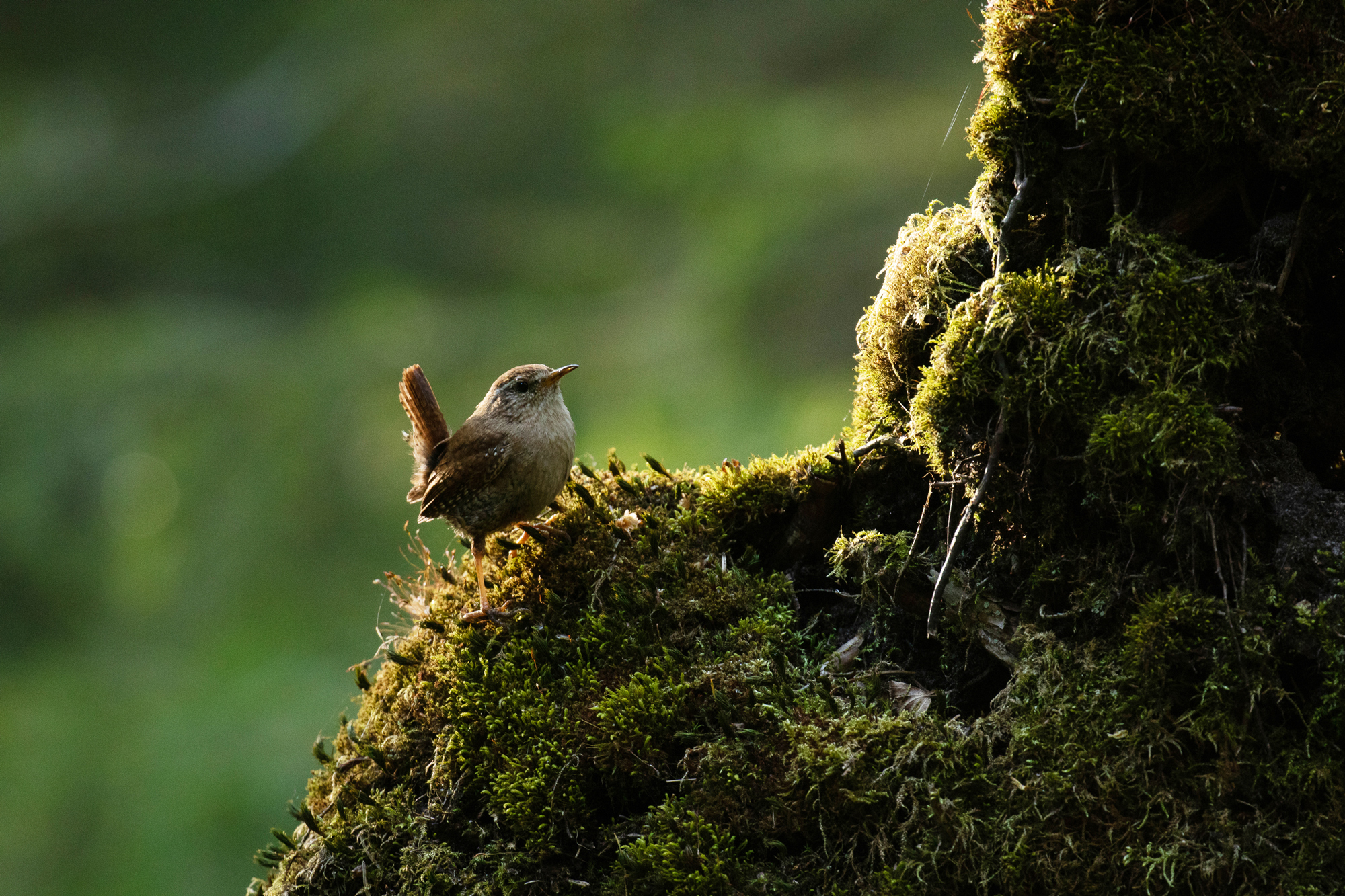
INTRO – EU FORESTS
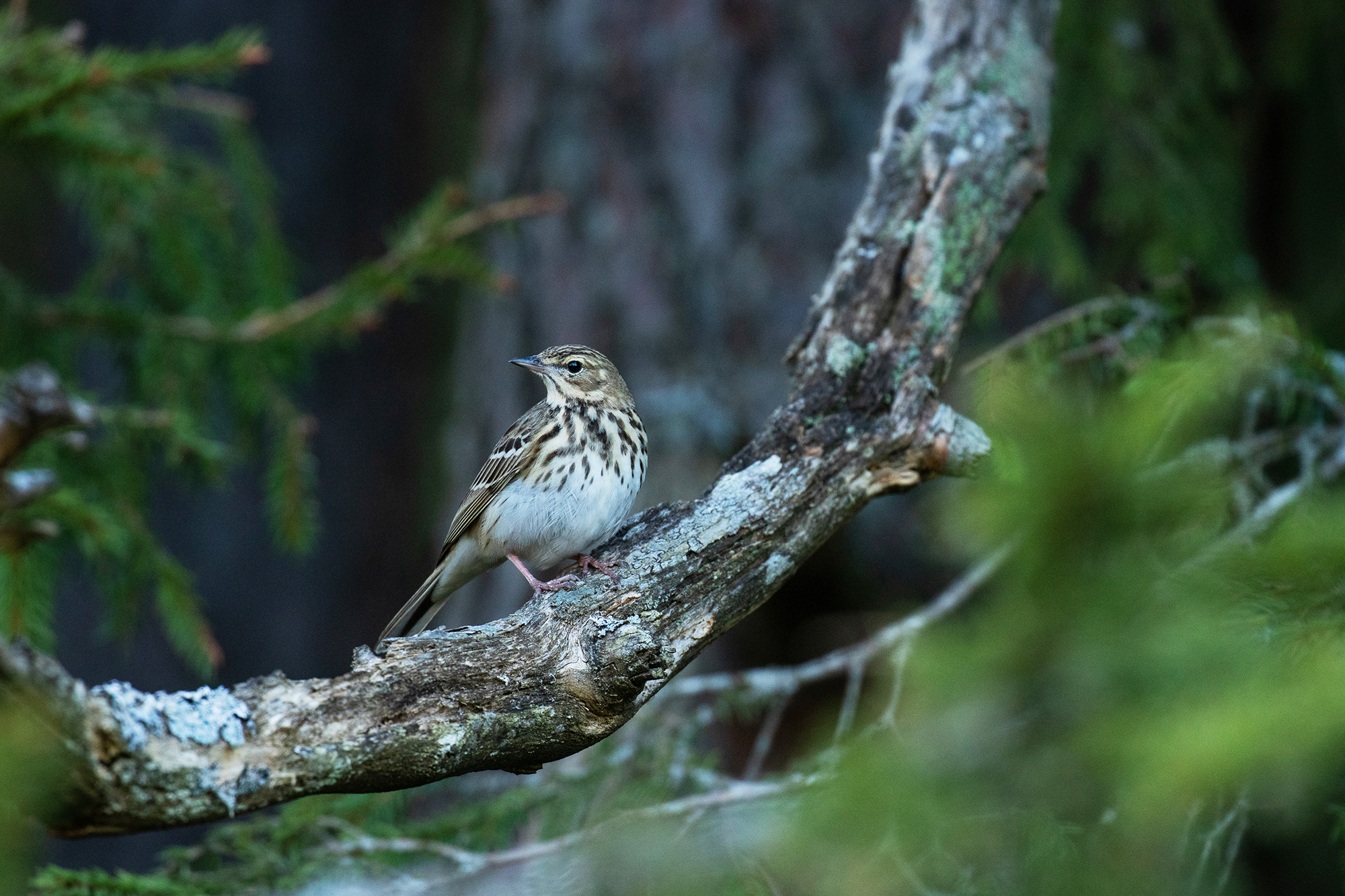
ESTONIA
